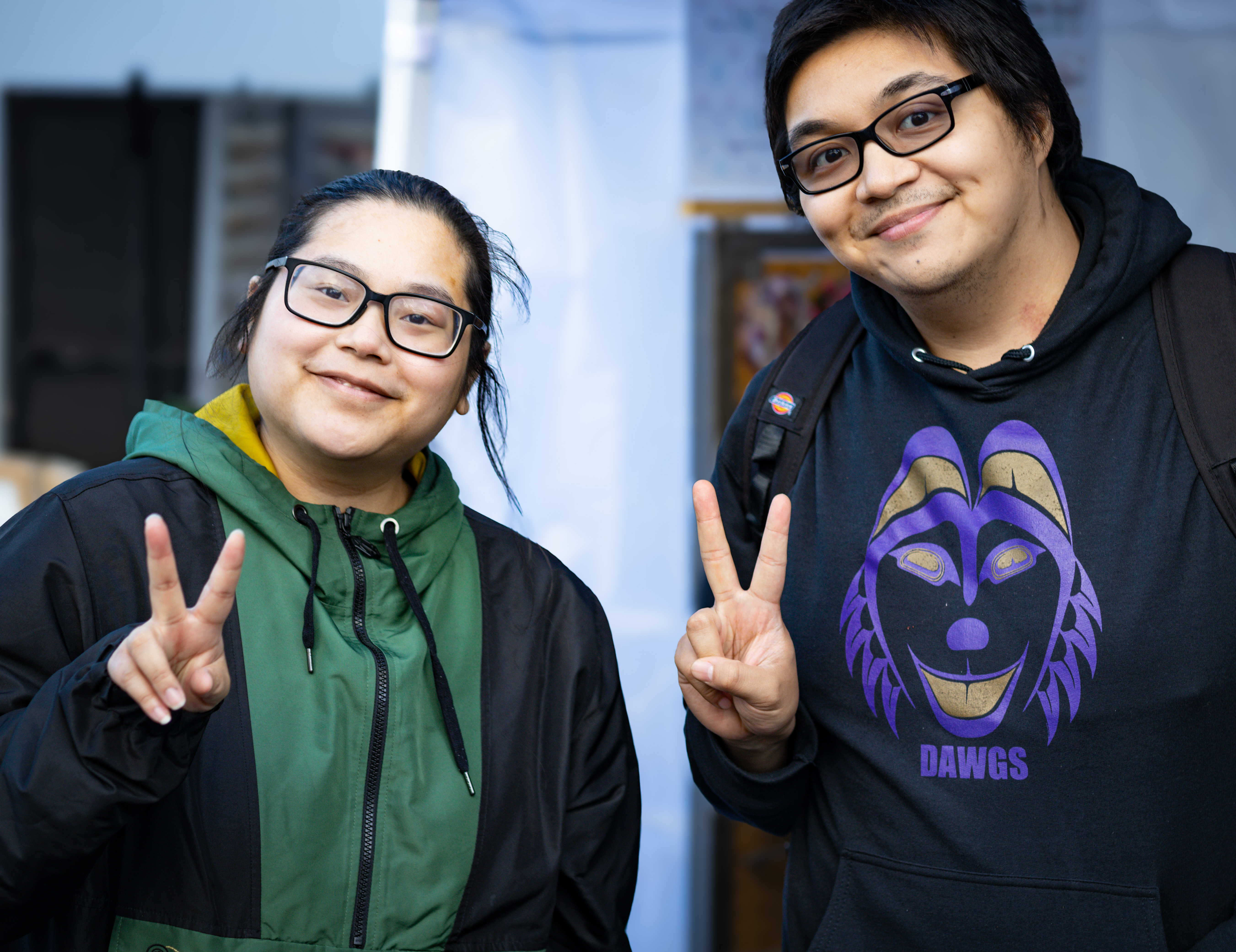Engagement Best Practices
Building strong, meaningful connections with the community starts with clear policies, open communication, and a commitment to equity. A key part of this is recognizing that community members are experts in their own experiences and should have a central role in shaping engagement efforts.


